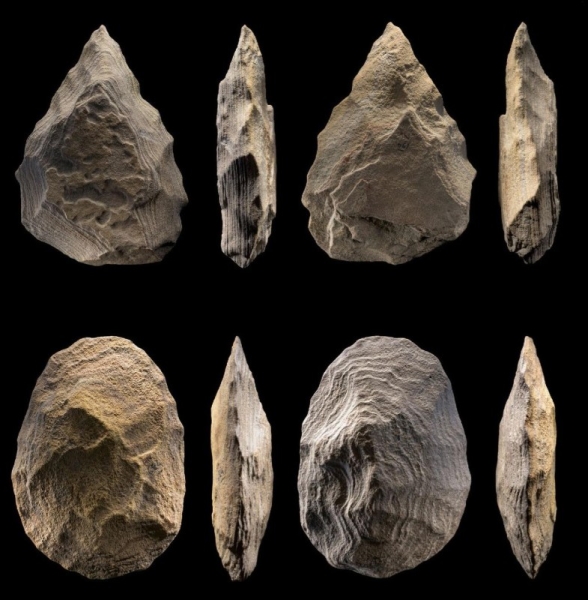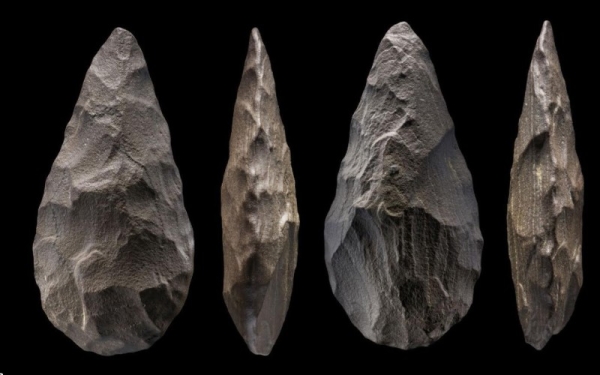Saudi Arabia discovers new 350,000-year-old archaeological site

A new discovery has revealed the first dated Acheulean site in northern Saudi Arabia. The site called Al-Nasim, which is located in the Hail region, possesses paleoenvironmental evidence for an associated deep, probably fresh-water lake, as well as geomorphological, and palaeoecological features associated with Middle Pleistocene materials.
The revelation of the new discovery was made in an article titled “The expansion of Acheulean hominins into the Nefud Desert of Arabia” published recently in the Nature Scientific Report.
The recent results of the paleoenvironmental and archaeological surveys of the Green Arabian Project (GAP), which started 10 years ago, confirmed that the Arabian Peninsula experienced climatic shifts during the Pleistocene that produced wetter conditions, affecting the distribution of humans both within and between continents.

This is particularly true of Acheulean communities, who appear more tethered to water sources than Middle Palaeolithic ones.
The article mentions that the discovered lithic tools are similar to those previously found at the Acheulean sites in the Nefud Desert.

The Heritage Commission seeks, through “the Green Arabia Project” to carry out intensive surveys and systematic excavations to identify and gain insight into the ancient climatic conditions, nature of the prevailing paleoenvironment in Arabia, as well as human movements within the scope of the Heritage Commission’s efforts to excavate, preserve and promote the archaeological sites as part of the Saudi Vision 2030.
